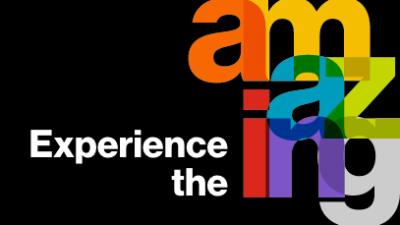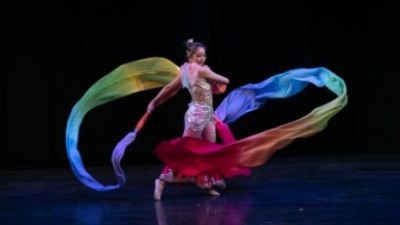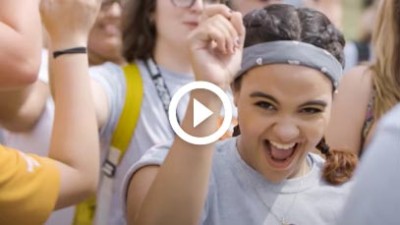
Lisa Hermsen
Professor
Lisa Hermsen
Professor
Education
BA, Briar Cliff University; MA, University of Missouri at Columbia; MA, Ph.D., Iowa State University
Bio
I am a Professor in the Department of English, past Carolyn Werner Gannett Chair in the Humanities and the past Chair of the English Department at RIT. I specialize in the rhetoric of science, technology, and medicine – particularly through rhetoric's fourth canon, memoria, the memory palaces, the common places, and information culture.
Since 2019 I have been collaborating with Rebekah Walker, DHSS Librarian, and a team of undergraduate students to create a Scholarly Digital Edition of a manuscript from the firm of William Townsend & Sons, printers, bookbinders, account book manufacturers, Sheffield UK (1830-1910). The full collection is held in the Cary Special Collections. We are transcribing and encoding the “Business Guide and Works Manual,” a rare manual offering instructions for stationery bookbinding, records documenting the firm's business and financial practices, and commonplace "jottings" with notes about daily schedules, author Charles Dickens, and pages of Sheffield steel manufacturers' addresses. The manuscript is a 400-page idiosyncratic volume with no hierarchical textual structure, many tables and formulae, and random marginalia. It is an artifact of information culture documenting a network of books, book buyers, book materials, binders – forwarders, apprentices, journeyman, and sewers. RIT students are using XML markup with TEI (best practices for creating digital editions in the humanities as cited by MLA and AHA) to transcribe and encode a flat digital scan, creating a dynamic searchable edition. They are also researching 19th century matallurgical commodities, Sheffield economic cultural history, and the materiality of the book.
My book, Manic Minds: Mania's Mad History and Its Neuro Future (Rutgers UP, 2011), emerges from textbooks, asylum records, genetic research articles, memoirs, and diagnostic manuals. Not only has “mania” never been stabilized as a modern medicalized disorder, the memoria of 'mania' has emerged furiously from pre-professional to professional American psychiatry and now persists frenzied into the neuro-future.
As co-PI on a team awarded an NEH Humanities Connections Grant (2017), I directed the first delivery of a course sequence emphasizing public memory and “community” from a host of disciplinary perspectives: historical, geographical, literary, environmental and socioeconomic. Undergraduate students engaged with Rochester, NY as a city that formed, changed and often retained a distinct sense of place amid shifting economic, political and technological forces. This course sequence built on the University’s long-standing tradition of community service, as well as faculty engagement with area communities.
Currently Teaching
In the News
-
March 31, 2020

Podcast: Experiencing History Where it Happened
Intersections: The RIT Podcast, Ep. 34: Studying history is more than poring over textbooks and old documents. History Professor Richard Newman and humanities Professor Lisa Hermsen talk about place-based learning, which gets students into the community to experience where the history happened.
-
September 20, 2022
Hermsen, Walker present on rare manuscript
-
April 26, 2019
Team presents work at conference








